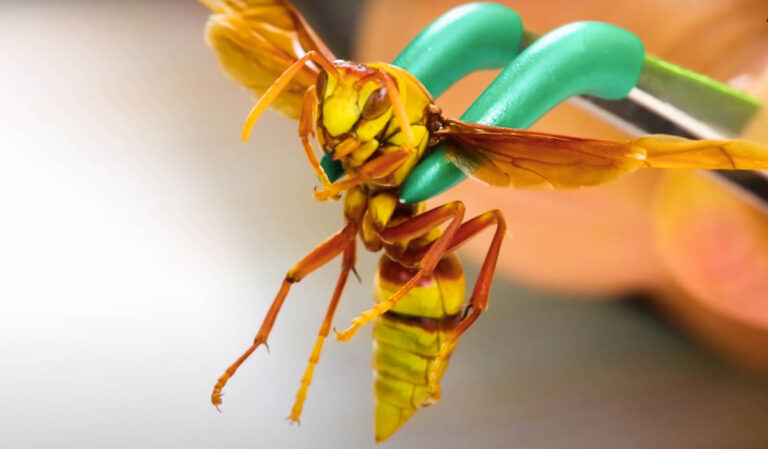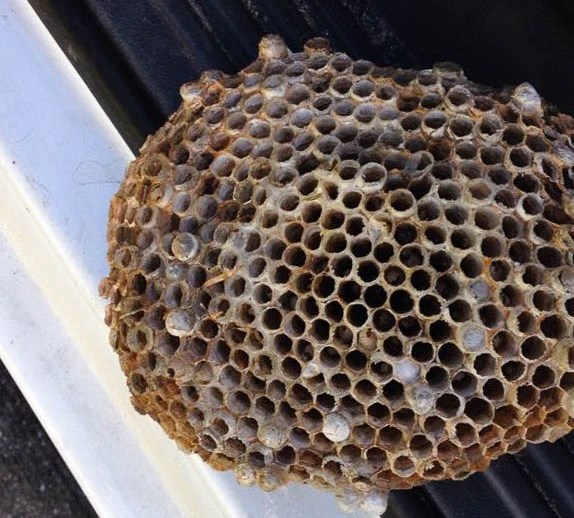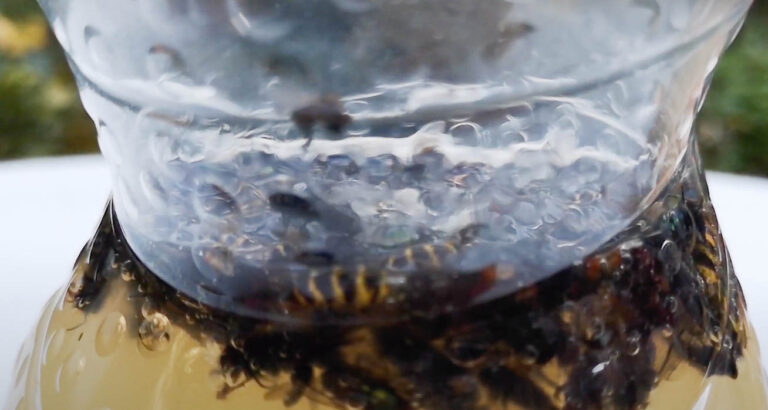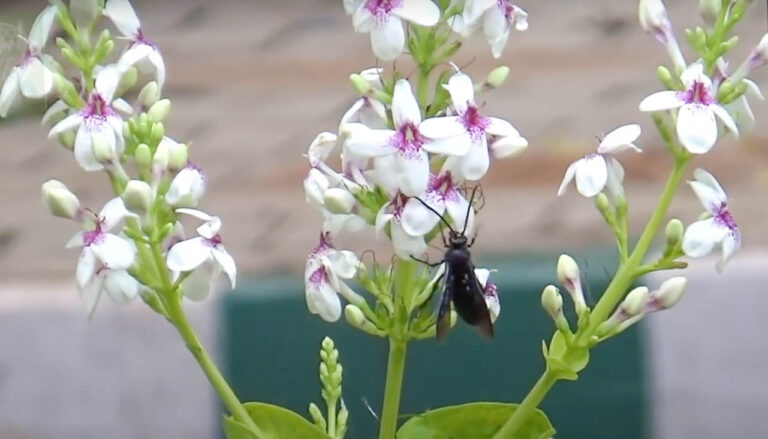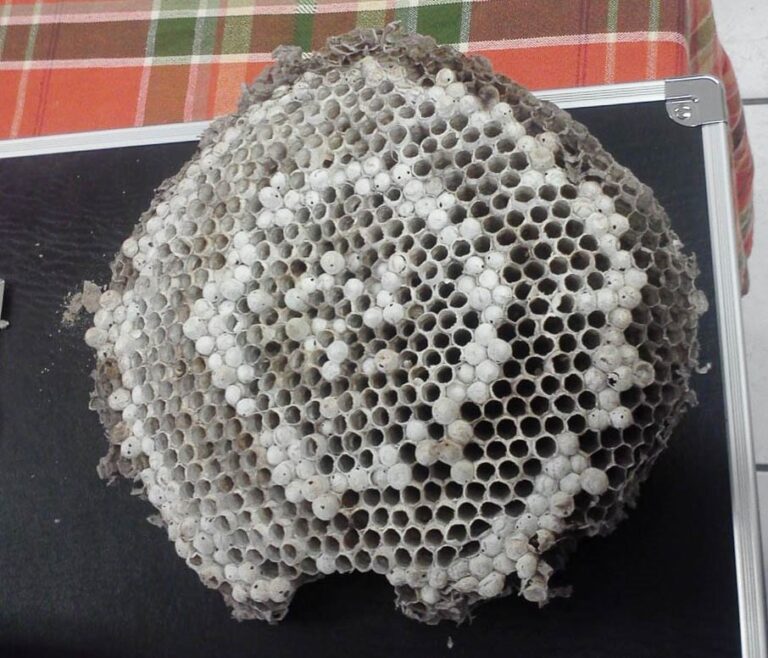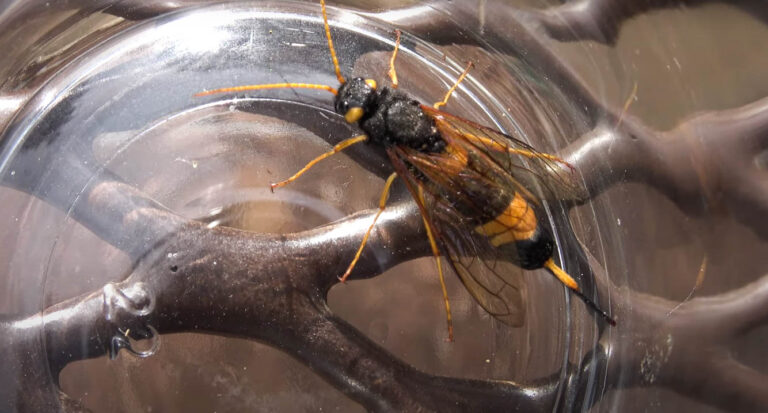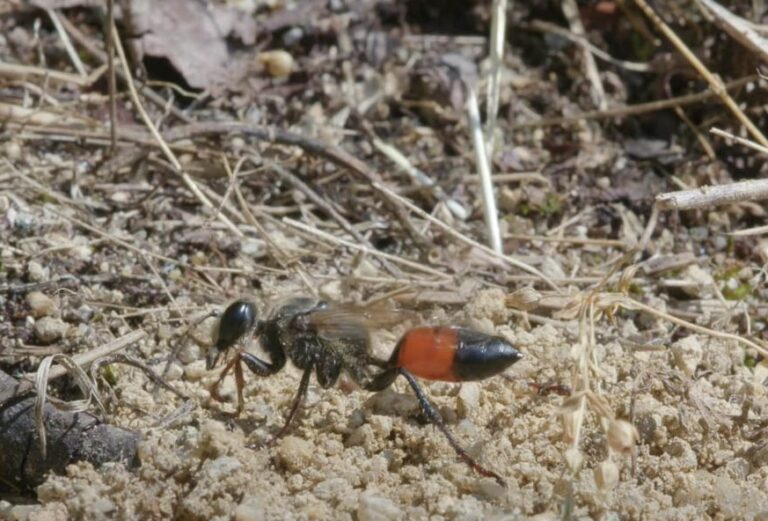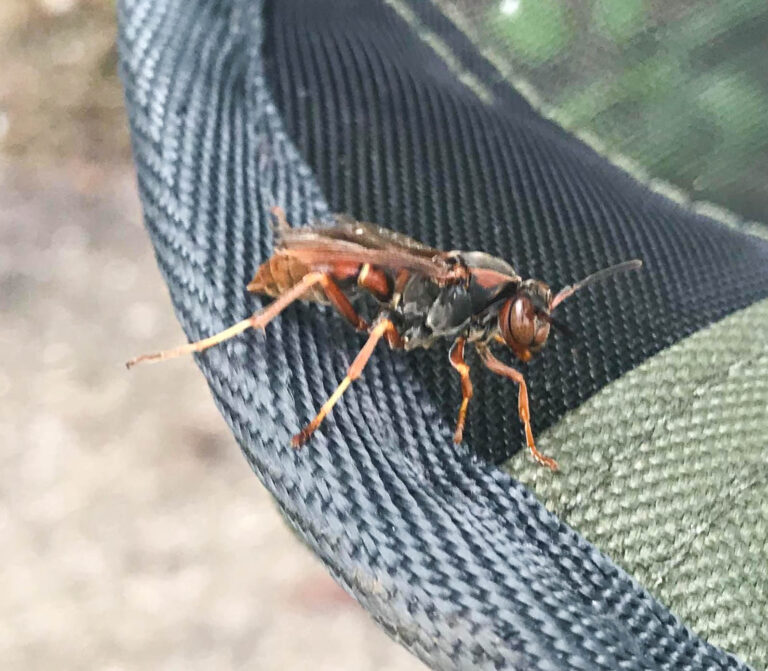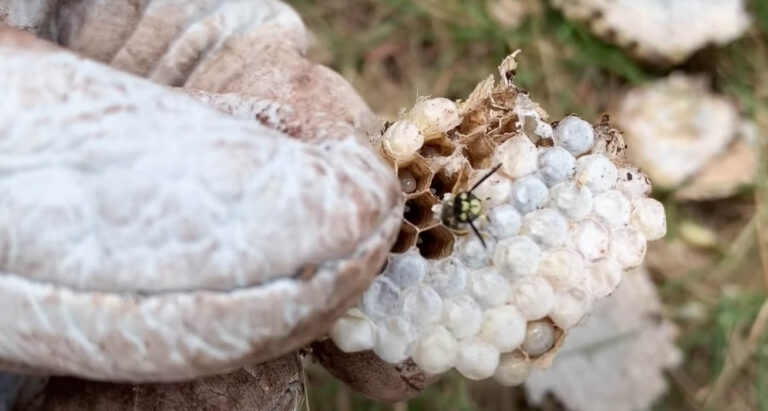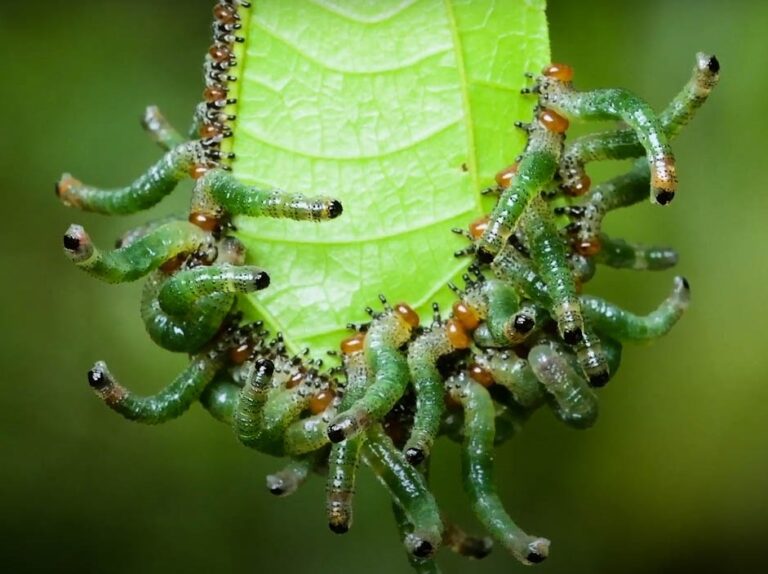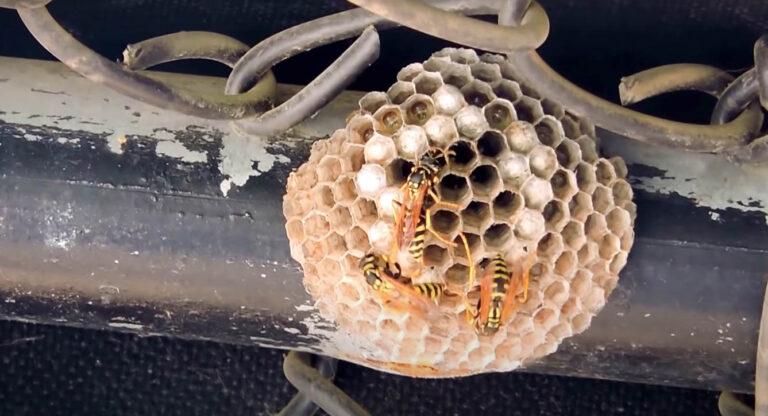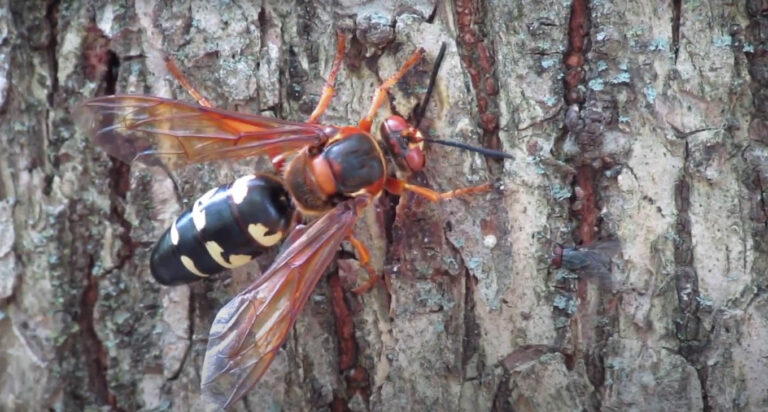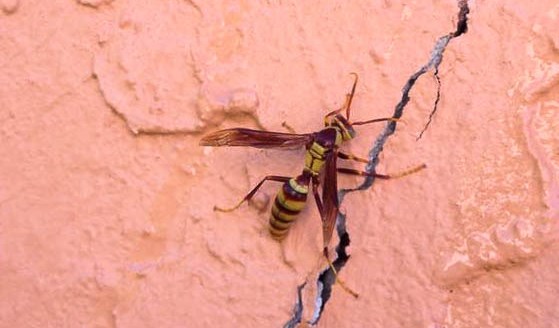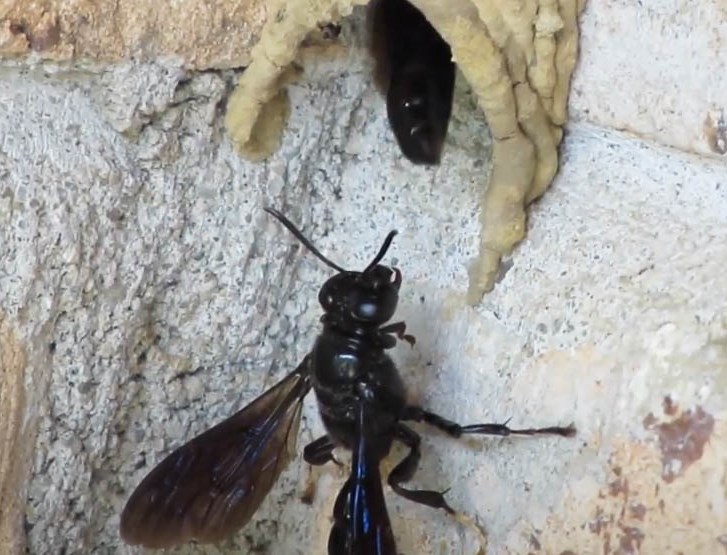About Ground Wasps
About Ground Wasps
Have you ever seen wasps appear up out of the ground? Most of the time, when you think of wasps, you think of a sphere-like house dangling from the eaves of your home or in a low hanging branch of a tree. Some wasps live in the ground and the ground wasp is one of those species.
Appearance
Because ground wasps include several different species, the appearance can vary with each one. Ground wasps in general normally feature two pairs of wings and the area between the thorax and abdomen is considered a thread-like waist. This type of waist means that it is very thin compared to the thorax and abdomen.
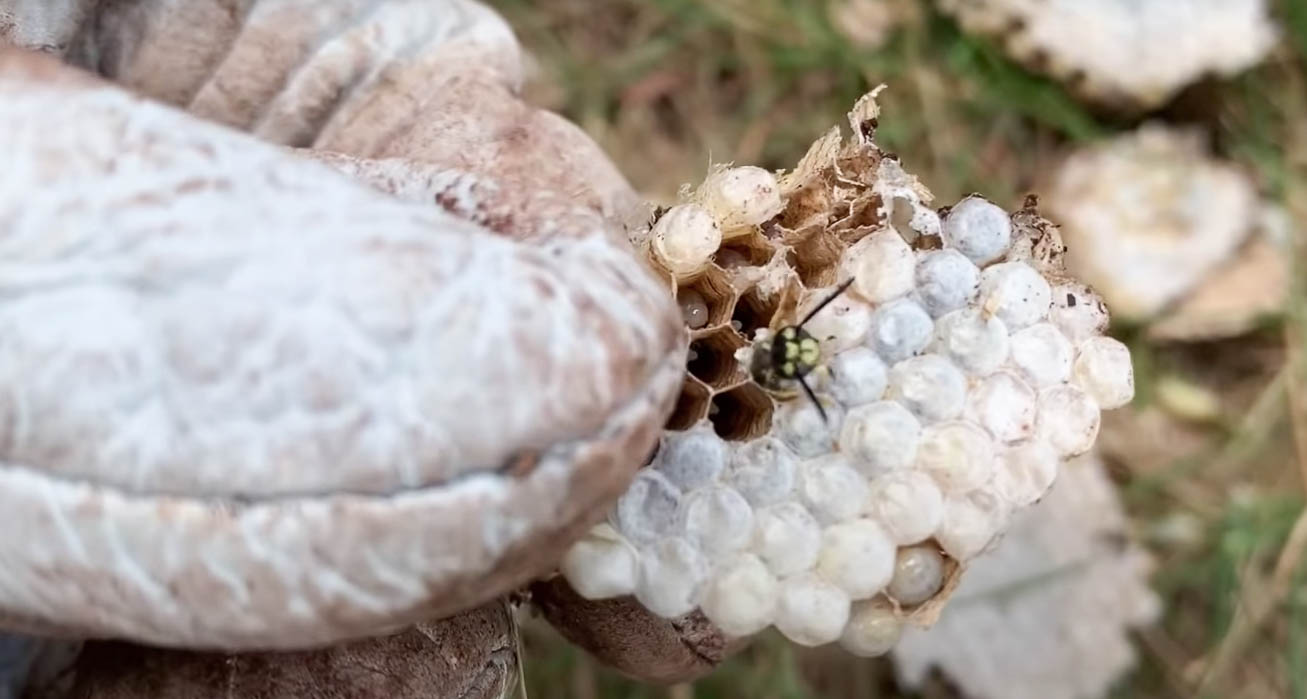
Behavior
The ground wasp is considered a solitary wasp and that is why they burrow into the ground and avoid the large colonies that you normally see hanging up somewhere out of the way. They like to raise young up until the adult stage instead of the larger colonies who continue to raise young up through adulthood throughout the year. The ground wasp focuses on eating insects that can cause harm to the environment. They are typically not aggressive and do not sting unless they have no other choice, unlike large colonies who may turn on humans if they get too close to their nests. If stung by a ground wasp, the sting is normally mild in pain but it can trigger an allergic reaction to some.
Life Cycle
The life cycle of ground wasps is different from the social wasps. Ground wasp queens will build their ground nest in the spring and lay her eggs within the cell walls inside. She will go out and hunt for her prey and then sting it to paralyze it. She will carry it back to the nest and feed it to her baby larvae by sealing it up within the walls. The larvae will feed on the paralyzed insect until it is able to mature to the next stage which is the pupae. It will continue to feed on the insect until it is an adult and can break out of the cell and help the queen for the rest of the summer. The adult wasps will either take care of and guard the eggs, help find food, or provide maintenance on the nest as needed. Only the female wasp will sting, not the males.
Habitat
Because the ground wasp nest is inside the ground, they need to be very careful when determining the right location. Ground wasps must find a place that does not have heavy foot traffic or have threats that can put the small colony in danger. The queen will begin her search in early spring. Some areas that she may consider include:
- *fallen trees
- *wall voids
- *animal burrows
- *debris piles
- *attics
- *crawl spaces
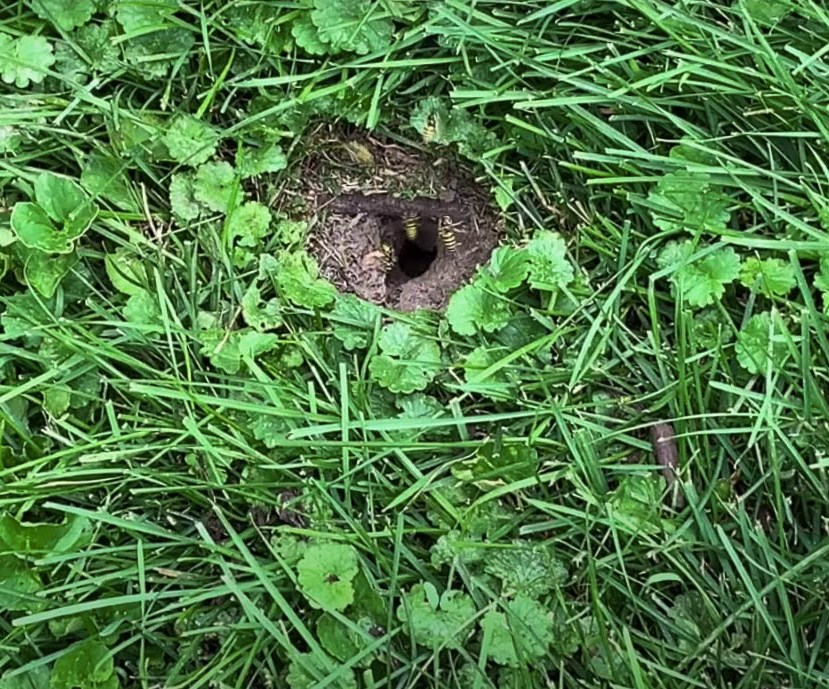
The queen will also try to find a place to live that is near flowers that have nectar for a food source. Once she locates a place, the tunnels she digs within the burrow can be up to six inches deep.
Conclusion
If you are wondering what you should look for in order to avoid a ground wasp nest, you may want to stay away from any dirt pile that features a cone-shape and has a large hole in the middle for the insect to enter and exit from.

